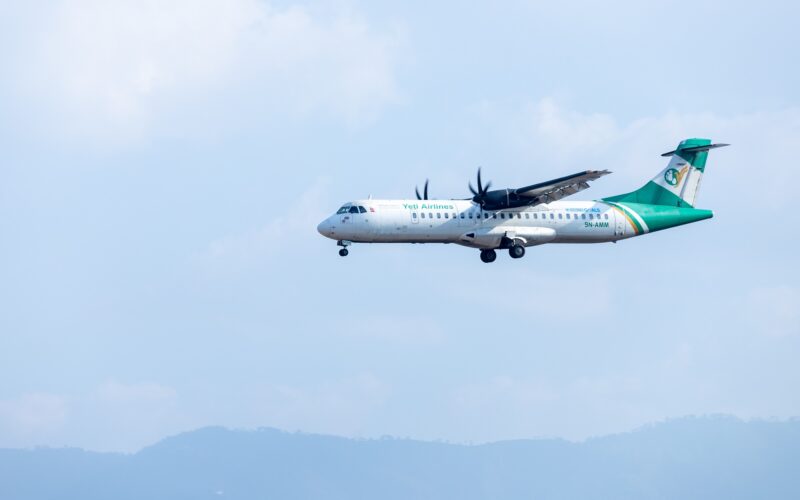The newly opened Pokhara Regional International Airport (VNPR), where the fatal crash of the Yeti Airlines ATR-72 twin-engine turboprop occurred, did not have a functioning instrument landing system, which should have guided the flight crew to the runway on the day of the accident, according to the Civil Aviation Authority of Nepal (CAAN).
The CAAN claims that the instrument landing systems at Pokhara Airport in Nepal have been inoperative since the new airport started operations on January 1, 2023. They will remain out of service until February 26, 2023, the regulator’s spokesperson Jagannath Niroula confirmed to Business360 Nepal.
In-flight visibility problems are common within the region due to the mountainous terrain. The instrument landing system (ILS) provides pilots with precision vertical and horizontal navigation guidance information to make it easier to control the aircraft during approach and landing.
This is crucial when the flight crew is unable to see the ground and surrounding obstacles clearly due to challenging weather conditions. However, Pokhara airport spokesperson Anup Joshi reported that “mountains were clear and visibility was good” at the time of the crash.
What happened with the Yeti Airlines ATR 72?
The accident occurred on January 15, 2023, when a Yeti Airlines ATR 72 aircraft, registered 9N-ANC, was operating passenger flight YT691 between Kathmandu-Tribhuvan Airport (KTM) and Pokhara International Airport (VNPR).
While on final approach to runway 12, the aircraft lost altitude and crashed inside a gorge for reasons unknown. It impacted the bank of the Seti River, located between the new international airport and the former domestic one (PKR).
The newly-built international airport replaced the old Pokhara Airport, which was decommissioned on January 1, 2023.
Video of the incident shows the aircraft steeply banking left just seconds before making contact with the ground.
In total, 68 passengers and four crew members were on board, all of whom died.
Black boxes recovered
On January 16, 2023, the CAAN officially confirmed that rescuers had recovered the Flight Data Recorder (FDR) and Cockpit Voice Recorder (CVR) – the so-called ‘black boxes’ – from the wreckage of the plane.
According to the CAAN, both devices are in good condition, so the recorded data will be used to help the investigation team to find out the cause of the crash.
Data from the CVR, which records and stores the audio signals from the flight crew microphones, earphones and the surrounding area in the flight deck, will be investigated locally in Nepal, according to a Nepal News report.
Meanwhile, the FDR data, which consists of specific aircraft performance parameters collected from plane sensors, will be sent to the aircraft manufacturer’s ATR headquarters in Toulouse, France for detailed analysis. An expert team from Pratt & Whitney Canada will also join the accident investigation.
Although it is not yet clear what caused the accident, it may have occurred due to the flight crew’s failure to fully deploy the aircraft wing flaps on landing, leading to the stall, according to The Kathmandu Post report.

